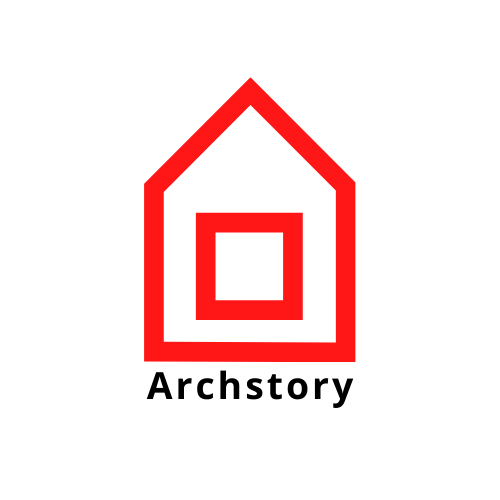
waiwai-Hayy Jameel Cultural Center
이 건물은 사우디아라비아의 제다에 위치하고 있는 복합 예술 단지이다. 건축가인 waiwai는 프로젝트의 기본이 커뮤니티 프로그램의 중심 역할을 하는 중안 안뜰이라고 설명한다. 안뜰은 건물의 상층에서 부터 확장 되어 그늘진 엇갈린 테라스로 둘러싸여 있으며 프로젝트의 모든 공간을 연결하는 곳이다. 외부 파사드는 중동 도시의 기후와 문화에 맞게 특별히 설계되어 내부 공간으로 자연 채광을 받고 가능한 한 투명도를 극대화하는 동시에 이웃 건물의 프라이버시를 유지한다.
Hayy Jameel is a mixed-use complex for the arts in Jeddah, Saudi Arabia that encourages cross-pollination among the broadest range of creative disciplines: art, music, film and architecture; joined by Hayy Residents, a roster of homegrown creative enterprises who have each shaped the scene in their respective fields.
Art Jameel is an independent organisation that supports artists and creative communities. Founded and supported by the Jameel family philanthropies, Art Jameel is headquartered in Saudi Arabia (Hayy Jameel, Jeddah) and the UAE (Jameel Arts Centre, Dubai), with global strategic and programming partnerships. Art Jameel’s programmes – across exhibitions, commissions, research, learning and community-building – are grounded in a dynamic understanding of the arts as essential to life and accessible to all.
waiwai the architects of the project explain that fundamental to the project is the main central courtyard, which acts as the driver of the architecture and the programmatic heart of the community. On the building’s upper levels, the courtyard is surrounded by shaded, staggered terraces that serve as extensions of the courtyard, and allow it to be conceived as a spatial whole that connects every level of the project. On the ground floor, the courtyard is enhanced by seating among natural greenery. With its strategic placement in the programmatic arrangement, the courtyard's central position provides direct, continuous connections to the architecture's services: art exhibition spaces, media offices, performance venues, cinema, library, artist studios, restaurant, commercial art vendors, and community-focused multi-purposes spaces.
The staggering of the architecture’s volumes relates sensitively to its context, limiting its visual impact upon the surroundings. The exterior façade is specifically designed to the climate and culture of Middle Eastern cities, receiving natural light into the interior spaces, and maximizing transparencies where possible, while simultaneously maintaining the privacy of neighboring buildings. By breaking the architecture into two volumes, the massing reduces its monumentality and permits the free flow of outside traffic into its confines, positioning itself as an extension to the neighborhood.
Photography by Laurian Ghinitoiu






from archdaily
